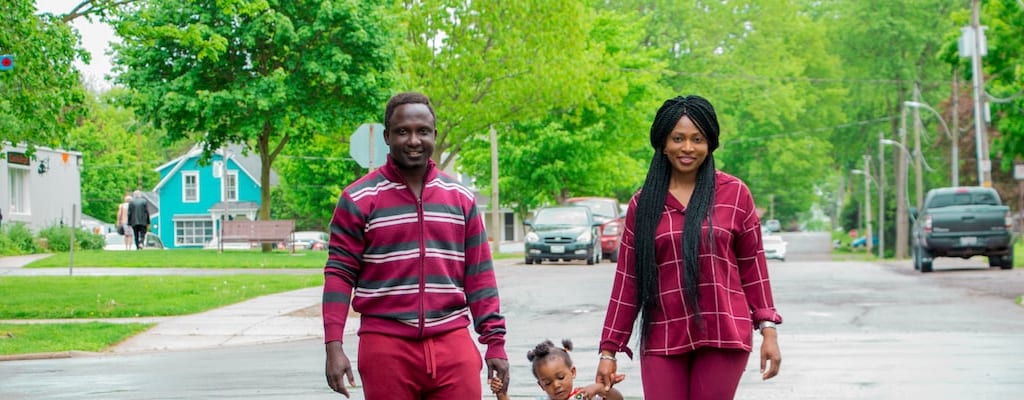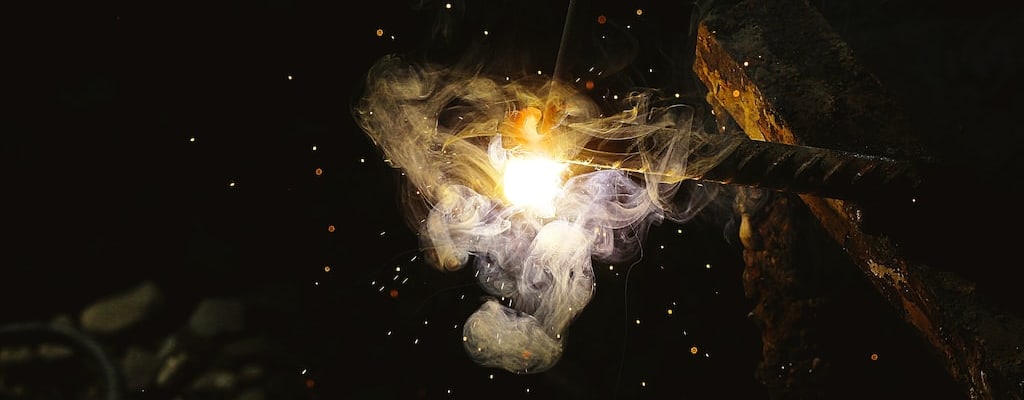ruby slippers: Idiom Meaning and Origin
What does ‘ruby slippers’ mean?
The idiom "ruby slippers" refers to something that is believed to have the power to transport a person back to their home or a place of safety.

Idiom Explorer
The idiom "save someone's skin" means to rescue or protect someone from danger or harm.
The idiom "saved by the bell" means being rescued or helped at the last moment, usually from a difficult or dangerous situation.
The idiom "saddle tramp" refers to a person, often a cowboy, who leads a nomadic and independent life, moving from place to place and finding work where it is available without a permanent home or stable job.
The idiom "rose-colored glasses" refers to a positive and optimistic perspective or viewpoint.
The idiom "roof over one's head" means having a place to live or having shelter. It emphasizes the basic necessity of having a roof to protect oneself from the elements.
"Ride the rails" is an idiom that means to travel by train, often used specifically to refer to the experience of being a hobo and illegally hopping on trains to get from place to place.
The idiom "rainbows and unicorns" is used to describe a situation or perspective that is overly optimistic, idealistic, or lacking in realism.
The idiom "put the same shoe on every foot" means treating or applying the same solution or approach to everyone, regardless of their individual needs or circumstances.
The idiom "put the genie back in the bottle" means to try to undo or reverse a situation that is already out of control or cannot easily be undone, similar to the idea of trying to reverse the effects of something that has been unleashed or released, like a genie from a bottle.
The idiom "put one's pants on one leg at a time" means that someone is just an ordinary person, emphasizing equality and normalcy.
Hidden Symbolism
The idiom "ruby slippers" originated from the famous novel and subsequent film, The Wonderful Wizard of Oz. It refers to a magical pair of red shoes worn by the protagonist, Dorothy, in her journey through Oz. In the story, the Wicked Witch of the East is vanquished when Dorothy's house lands on her, and Dorothy inherits the witch's powerful ruby slippers. These slippers grant her protection and the ability to return home.
One interesting aspect of the idiom ruby slippers is its symbolism of power and transformation. In the context of the story, the slippers represent a source of power that helps Dorothy overcome obstacles and ultimately find her way back home. This idea of possessing something powerful or transformative is frequently conveyed when the idiom is used figuratively. It highlights the potential for change or hidden potential within an individual or situation.
For many, the idiom ruby slippers brings to mind the beloved film adaptation of The Wonderful Wizard of Oz, released in 1939. Starring Judy Garland as Dorothy, the movie became a classic and the ruby slippers became an iconic symbol associated with the story. The recognition and popularity of the film further cemented the cultural significance of the idiom.
In popular culture, the idiom ruby slippers is often referenced to convey the idea of finding one's true potential or the capacity for personal growth. It has appeared in various songs, literature, and television shows over the years, connecting to the broader theme of self-discovery and empowerment.
An interesting observation is that the idiom ruby slippers is frequently used in the context of empowerment, particularly for women. Just as Dorothy navigates unfamiliar territory and confronts challenges in her journey through Oz, the ruby slippers symbolize strength and resilience. This symbolism has made the idiom a popular choice for empowering or motivational messages, as it taps into the idea of overcoming obstacles and finding inner strength.
When we think of the idiom "home away from home", it evokes the idea of a place or situation that offers a sense of familiarity and comfort, even when we are away from our actual homes. In the context of the ruby slippers, they become Dorothy's "home away from home" in the land of Oz. As she travels the yellow brick road, the slippers provide her with a sense of security and a connection to her true home in Kansas. This connection to the concept of a "home away from home" adds another layer of depth to the symbolism of the ruby slippers.
Another related idiom is "in the same shoes," which suggests being in a similar situation or experiencing the same challenges as someone else. In the story, Dorothy meets the Scarecrow, the Tin Man, and the Cowardly Lion, who are all seeking something important to them. They are all "in the same shoes" as Dorothy, facing their own obstacles and searching for their own answers. The idiom further emphasizes the shared journey and commonalities among these characters.
When we hear the phrase "home sweet home," it often brings to mind feelings of warmth, comfort, and a sense of belonging. Dorothy's journey through Oz, although filled with adventure and excitement, ultimately leads her back to her true home in Kansas. The ruby slippers serve as a reminder of her journey and her eventual return to "home sweet home." They represent the fulfillment of her longing for familiarity and the realization that there is truly no place like home.
Lastly, the idiom "knight in shining armor" often refers to someone who comes to the rescue or provides protection and support. In the story, the ruby slippers act as Dorothy's "knight in shining armor." They protect her from harm and enable her to overcome obstacles along her journey. The slippers become her source of strength and provide her with the means to achieve her ultimate goal of returning home. This connection to the idea of a "knight in shining armor" adds an interesting layer to the symbolism of the ruby slippers.
Overall, the idiom ruby slippers holds various significances and connections to popular idioms such as "home away from home," "in the same shoes," "home sweet home," and "knight in shining armor." From their origins in The Wonderful Wizard of Oz to their cultural significance in the film adaptation, the ruby slippers continue to captivate the imagination and serve as a symbol of power, transformation, empowerment, and the longing for home. They remind us of the potential for change that lies within each of us and the importance of finding our way back to our true selves.
Example usage
Examples of how the idiom "ruby slippers" can be used in a sentence:
- 1. She wished she had a pair of ruby slippers to take her back home.
- 2. The actress wore sparkly ruby slippers to match her red carpet gown.
- 3. He clicked his heels three times, just like Dorothy in The Wizard of Oz, hoping his ruby slippers would transport him to a magical land.
Analysis:
The idiom "ruby slippers" is often used to refer to the iconic footwear worn by the character Dorothy Gale in the classic movie The Wizard of Oz. In the film, these slippers have the power to transport Dorothy back home. Thus, the first example sentence demonstrates how the idiom can be used to express a strong desire for a means of returning to a familiar or comfortable place.
In the second example sentence, "ruby slippers" is used to describe a pair of shoes that are adorned with red sequins or glitter, resembling the famous slippers worn by Dorothy. It illustrates how the idiom can be employed to describe footwear that is flashy or eye-catching.
The third example sentence refers to the specific action of clicking one's heels together, which Dorothy does in the movie to activate the magical powers of her ruby slippers. This demonstrates how the idiom can be used to describe a symbolic or whimsical gesture, often associated with a character or situation from The Wizard of Oz.
More "Footwear" idioms



